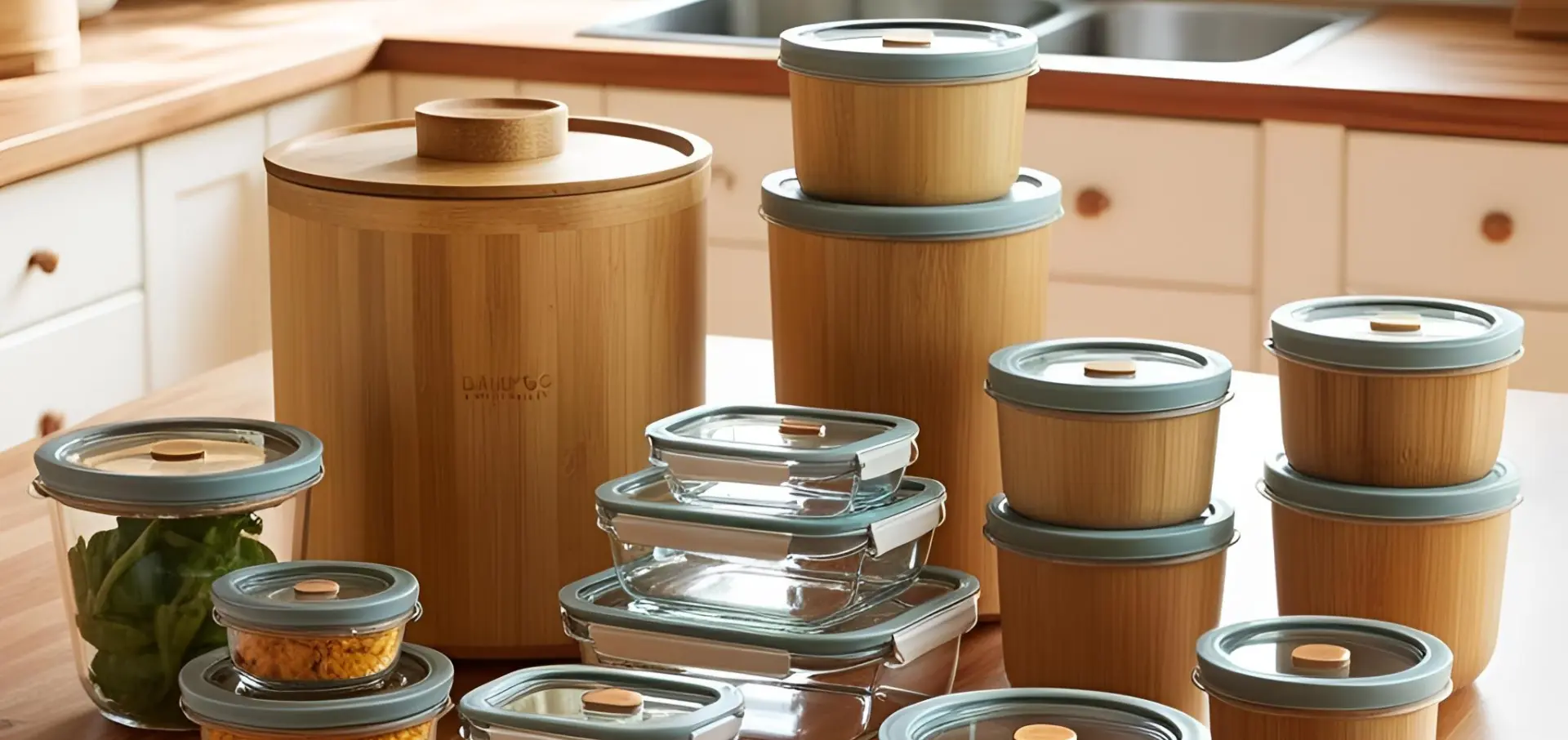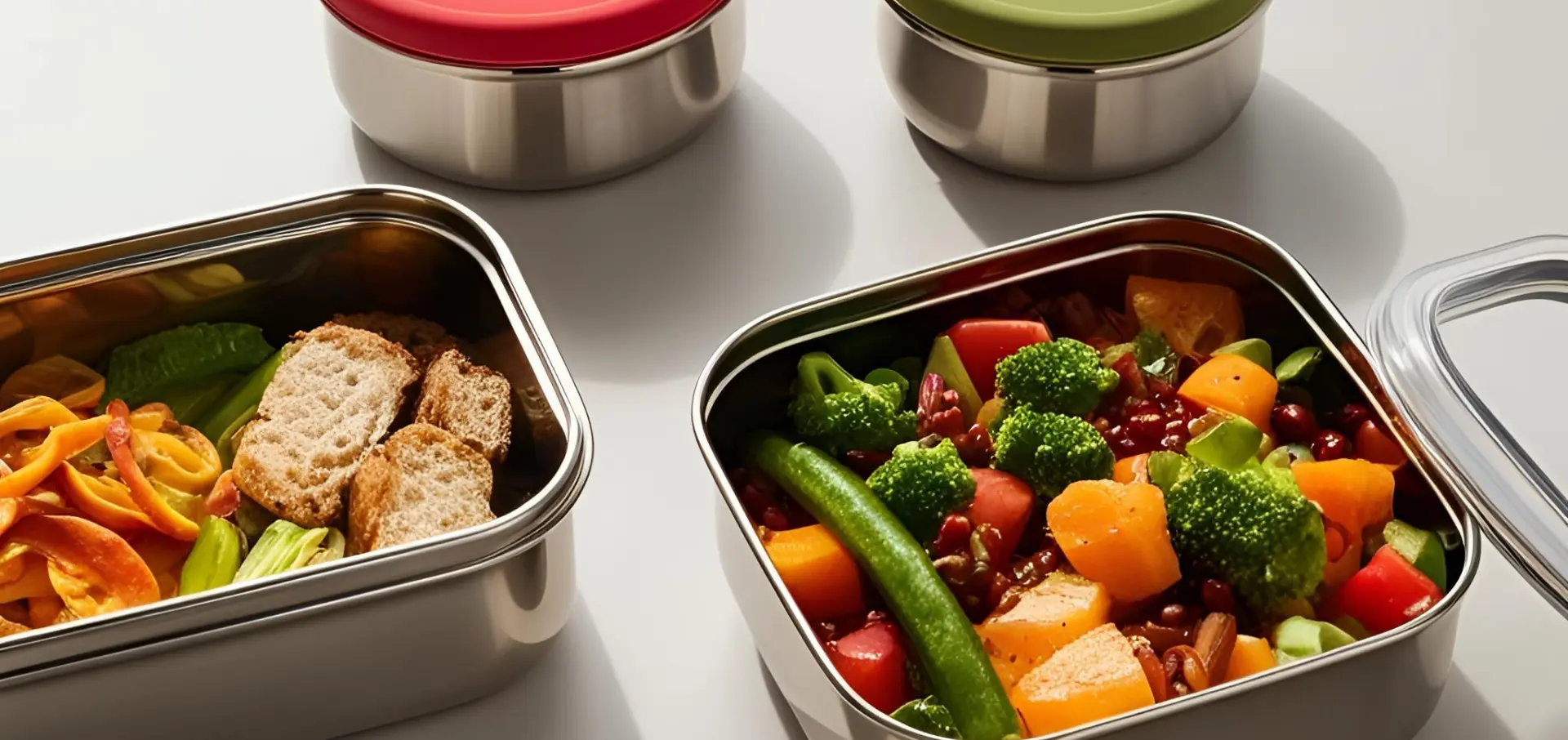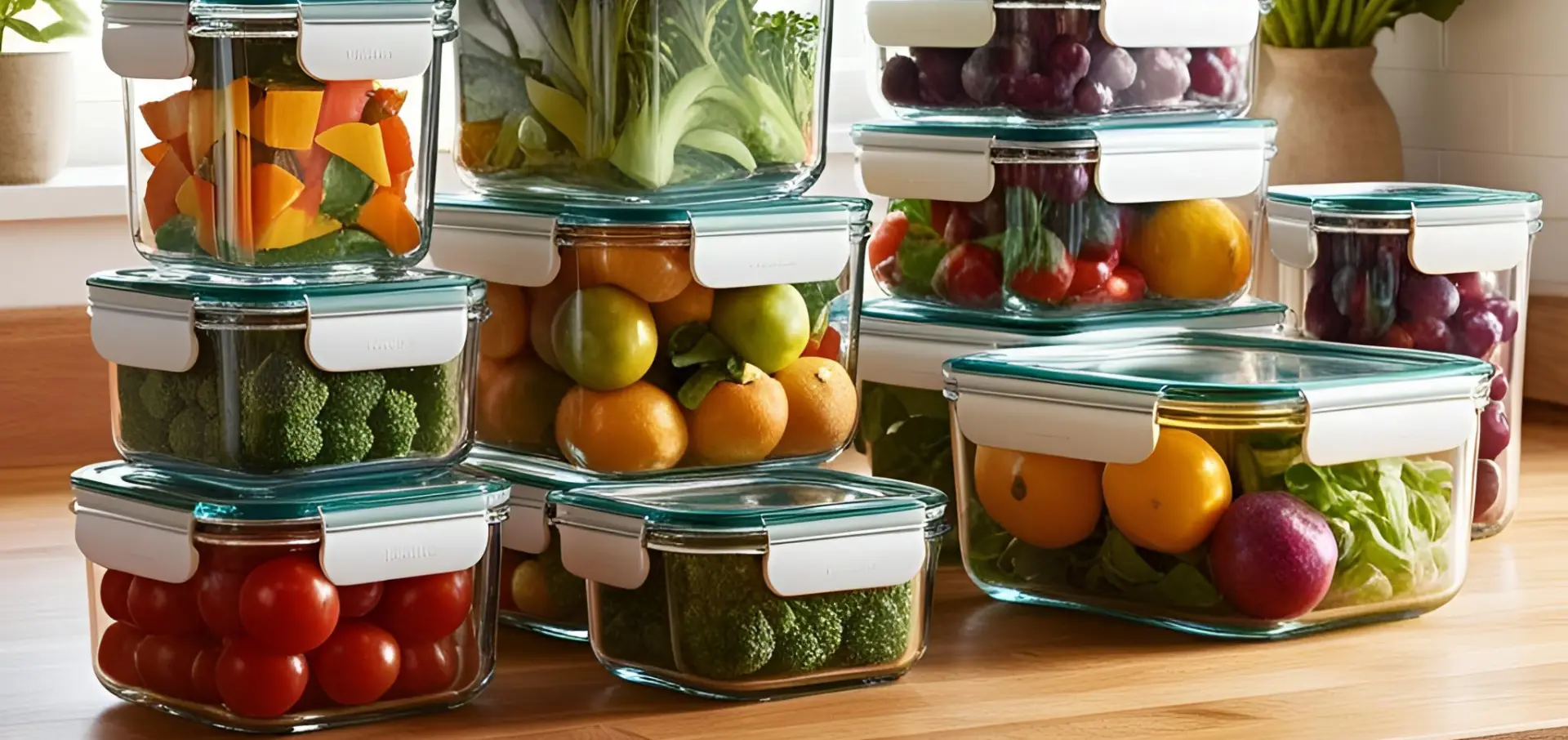Every day, people pack leftovers, prep meals, and store food without thinking twice about the containers they use. But here’s the catch—many common food containers, especially plastic ones, aren't just bad for the environment. They can also leak harmful chemicals into your food over time.
If you're trying to cut down on waste or reduce your exposure to toxins, it’s time to take a closer look at your food storage choices. Some containers are just better—for your health and for the planet.
This post breaks down which environmentally friendly food storage containers actually live up to the hype. You’ll also find out which materials to look for, what to avoid, and how to choose the best options for everyday use.
Best Types of Sustainable Food Containers

• Glass food storage containers – Long-lasting, easy to clean, and great for hot or cold food
• Stainless steel containers – Lightweight, durable, and ideal for lunchboxes
• Silicone bags and lids – Flexible, reusable, and good for snacks or liquids
• Bamboo or wood lids – Paired with glass, these are fully compostable options
• Compostable bioplastics (with caution) – Better than plastic but not always fully biodegradable
What Makes a Food Storage Container Truly Eco-Friendly?
Not all reusable containers are created equal. Just because something is labeled “eco” doesn’t mean it’s sustainable. To know what’s truly environmentally friendly, look for containers that meet at least three of the following:
• Made from natural or recycled materials
• Free from harmful chemicals like BPA, phthalates, or PFAS
• Durable and built to last for years
• Reusable and easy to clean (ideally dishwasher safe)
• Recyclable or biodegradable at end of life
These factors ensure the container supports sustainable food storage from production to disposal. For example, non toxic food storage containers made of glass and bamboo score high across the board.
Why Glass Food Storage Containers Are a Top Pick
Glass food storage containers are among the most popular choices for a reason. They’re strong, non-reactive, and free from chemicals found in plastic. They’re also perfect for storing leftovers, baking, or microwaving meals.
Benefits of using glass containers:
• Don’t stain or absorb food smells
• Safe for oven, microwave, and freezer use
• Easy to recycle
• Often come with environmentally friendly food storage containers with lids made from bamboo or silicone
If you’re shopping in Canada, many local retailers now offer environmentally friendly food storage containers Canada customers can access online or in stores.
Stainless Steel and Silicone

Stainless steel is lightweight, rust-resistant, and lasts decades. It’s perfect for airtight liquid containers, lunchboxes, or dry snacks. While it’s not microwave-safe, it’s ideal for meals on the go.
Silicone is flexible, reusable, and heat-resistant. It’s commonly used for:
• All natural food storage containers like reusable sandwich bags
• Stretchable lids for covering bowls
• Baking molds or freezer trays
Just make sure the silicone is food-grade and BPA-free.
Avoid These Materials When Choosing Eco Food Containers
Some containers may look eco-friendly, but fall short once you read the fine print. Here’s what to steer clear of:
• Plastic with BPA or PFAS – These chemicals can leach into food and may cause long-term health issues (source: NIH)
• Black plastic – Often made from recycled electronics and cannot be reliably recycled
• Mixed-material lids (e.g., metal fused with plastic) – Difficult to recycle and usually end up in landfills
Choosing simple materials like food jars, food bottles, or containers made from one main substance (like glass or stainless steel) makes it easier to dispose of or recycle them responsibly.
What Are the Most Eco-Friendly Food Storage Containers?
Here’s a breakdown of the best environmentally friendly food storage containers based on real-life usability and sustainability:
Glass
Glass containers are oven- and microwave-safe, have a long lifespan, and are fully recyclable. The downside? They’re heavier and can break if dropped.
Stainless Steel
Stainless steel is durable, lightweight, and recyclable. However, it’s not microwave-safe, which limits its use for reheating.
Silicone
These are flexible, reusable, and great for storing liquids. Just keep in mind that not all silicone products are biodegradable.
Bamboo + Glass
This combo gives you compostable bamboo lids and a clean, modern look. But the lids may warp over time if washed in hot water.
Bioplastics
Made from plant-based materials, bioplastics are compostable—but only in industrial composting facilities, not in your backyard bin.
Each of these options outperforms plastic in terms of safety and environmental impact. When you’re making a switch, aim for containers that are built to last—and safe to reuse over and over.
The Best Environmentally Friendly Food Storage Containers for Everyday Use

For practical daily use, here are top picks:
• Leftovers: Glass containers with silicone or bamboo lids
• Lunches: Stainless steel boxes or leak-proof food bottles
• Snacks: Reusable silicone pouches or food jars
• Soups or sauces: Airtight glass containers or stainless airtight liquid containers
All of these options support sustainable food storage by reducing waste, limiting chemical exposure, and holding up to repeated use.
Final Thoughts
Choosing all natural food storage containers isn't just about the planet—it’s about your health. The wrong container can expose your food to chemicals that are linked to hormone disruption, fertility issues, and other health problems (source: Environmental Working Group).
To keep things simple:
• Go with containers labeled BPA-free, phthalate-free, and food safe
• Stick with single-material products when possible
• Choose items that are dishwasher- and freezer-safe so you actually want to reuse them
Eco-friendly food storage starts with small swaps. But those small swaps add up—especially if you’re replacing plastic with materials that last for years and stay out of landfills.